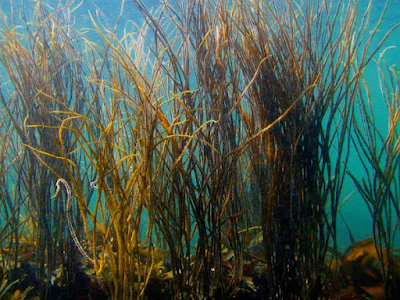On this day, nearly 250 years ago, an anonymous visitor to Brighthelmstone stood on the shingle and noted in his diary a ‘monstrous fish, called a Tunie,’ hauled ashore to the profit of curious onlookers. Those pages were later mislabelled as ‘Mr Bew’s diary,’ but the writer was in fact Peregrine Phillips, a solicitor from London whose 1778-1779 journal is among the earliest substantial first-person accounts of Brighton.

3 September 1778: ‘On the beach: A monstrous fish, called a Tunie, but not much unlike a shark, lays on the shore, wearing two double rows of large masticators: it has broke the net, and, towards mending same, the fishermen collect money of the curious. But is not this impolite, especially as such exhibitions happen very frequent? for might not such a voracious monster come, or be toss’d nearer in, and fish in its turn for human white-bait? Ask a fisherman about this, who, with an arch leer, assures me they are forbid coming nearer in shore than six or seven miles, which, without doubt, I swallow implicitly, “Mark, how the toe of the peasant doth kibe the heel - (I was going to say) of the courtier.” ’ The image here was made by ChatGPT.
Phillips was an eighteenth-century London solicitor with Whig sympathies whose name now rides on one of Brighton’s earliest printed first-person accounts. Contemporary catalogues attribute to him A Sentimental Diary, kept in an Excursion to Little Hampton, near Arundel and Brighthelmstone (London, 1778), a lively narrative (affected, perhaps, by Laurence Sterne’s digressive style) that opens with the editor’s conceit of ‘found papers’ in a coffee-house and then settles into day-by-day observations of Littlehampton, Arundel, and Brighthelmstone in the season.
Two years later the material was reissued and expanded (with an alternative spelling!), as
A Diary kept in an Excursion to Littlehampton, near Arundel and Brighthelmston in 1778; and also to the latter place in 1779 (London, 1780), in two volumes ‘printed for the author,’ recording a return visit the following year. Phillips writes as a sociable observer - curious about bathing machines and beach music, keen on playbills and libraries - so his Brighton pages preserve small but telling particulars of the Steine, the North Street theatre, raffles and ‘trinket auctions’, and the tempo of a growing resort. Beyond authorship he surfaces in theatre circles through his daughter, the celebrated Drury Lane singer Anna Maria Crouch (née Phillips), which helps explain his ear for stage life and his informed remarks on the Brighton companies. Read together, the 1778 and 1779 sequences form the oldest published diary-length account of real substance devoted to Brighton.
Victorian writers muddied the waters by calling it ‘Mr Bew’s diary’. This seems to have been because the 1780 edition was sold by the London bookseller J. Bew. John Ackerson Erredge, for example, mined the original diary for his History of Brighthelmston (1862), only he identified (wrongly again) a different Mr Bew! - a dentist and occasional theatre lessee. In summary: the diarist was Phillips; Bew sold the book; the dentist came later.
A year after witnessing the tuna, Phillips was again on Brighton Beach (for this extract I have modernised the language)..

20 September 1779: ‘On the Sands: I have been haggling over some fish and talking to two men by the seaside, whose boat the breakers have just thrown ashore. They say they dare not sell their fish on the beach. One of the poor men is deaf; and no wonder, considering the high winds, which blow for more than half the year almost incessantly. He says his partner, who is in the boat - poor man! - is lame, a perfect cripple: that they were, God help them, beneath the notice of the press-gang. I muttered, in a low tone, my indignation against the late midnight act, which took away the fishermen’s statute-right of exemption from the impress; when the deaf man, suddenly turning round, much to my surprise, thanked me for being the poor man’s friend, and bawled to his partner, the perfect cripple, to jump out of the boat and bring the fish ashore. “The gentleman was a gentleman, and should have his choice, God bless him, of the whole parcel.” At the same instant he fixed a quid of tobacco in his mouth, winked with his right eye, and told his comrade to “jaw no more; there was no danger.” The poor fellows are obliged to use a little craft; and who can blame them?’















.jpeg)






















